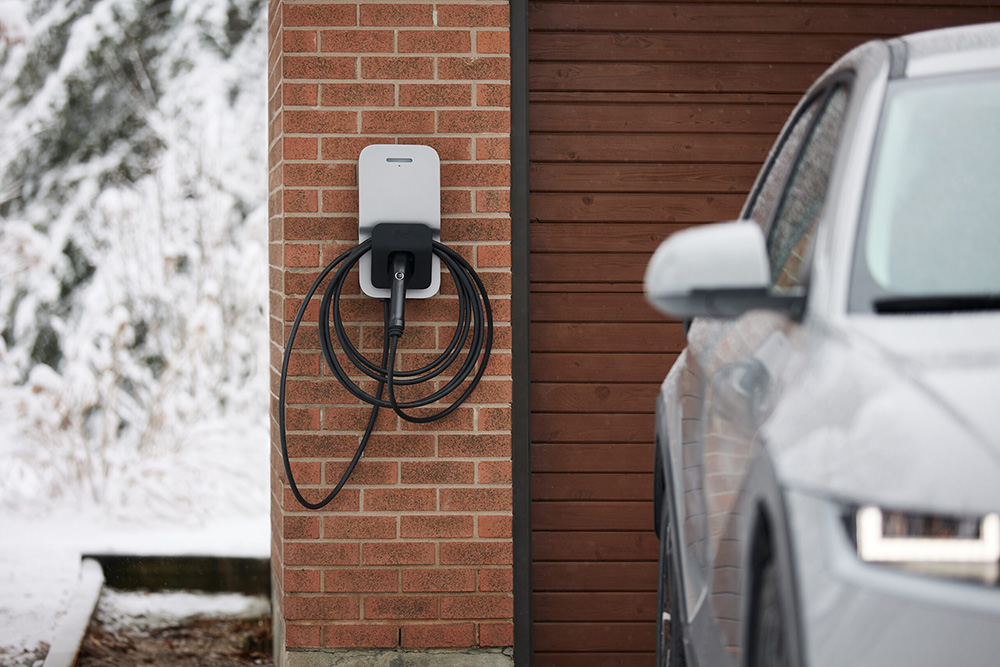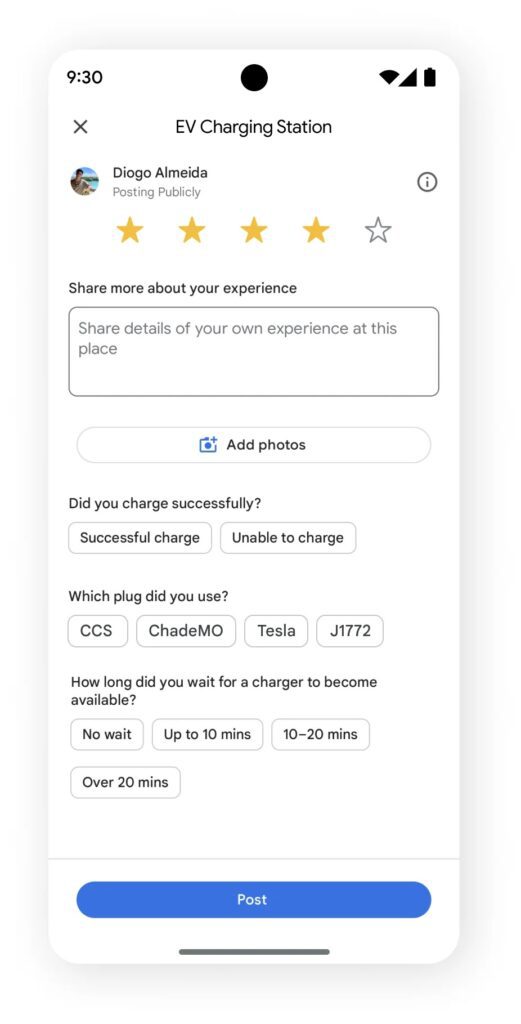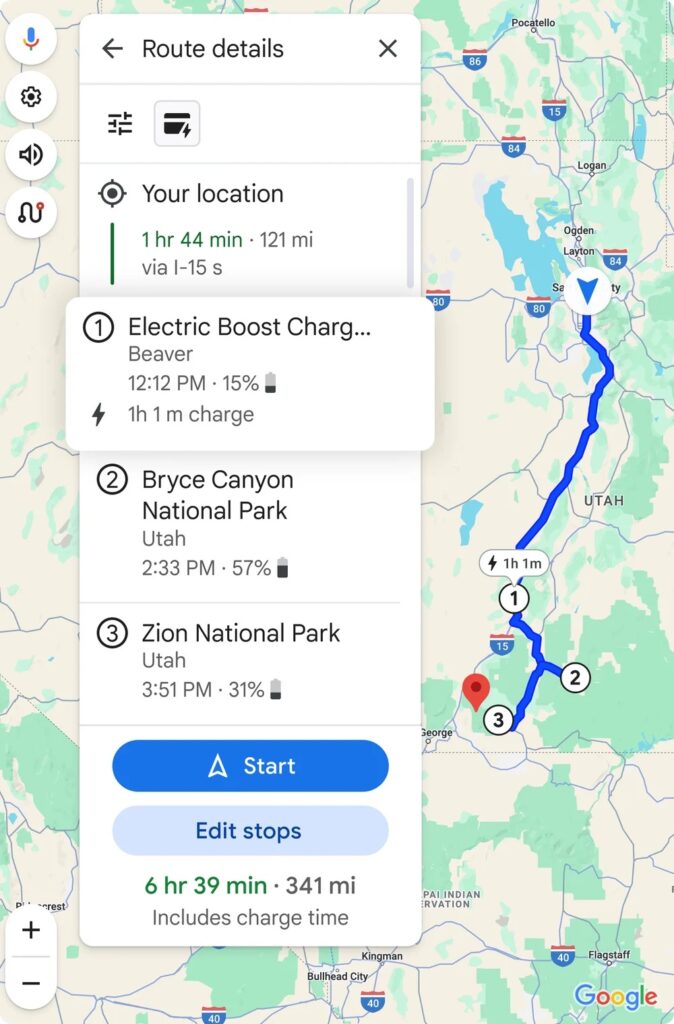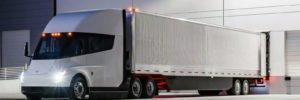Canada-based EV charging station manufacturer and network operator FLO has launched a new home EV charger.
The company offers three options for the FLO Home charger, which is available with a choice of a J3400 connector (also known as NACS or the Tesla connector) or a J1772 connector.
- FLO Home X3 includes an industrial-grade thermoplastic enclosure and features a 50 A/12 kW output.
- FLO Home X6 features a heavy-duty aluminum enclosure and a detachable cable holster for additional flexibility.
- FLO Home X8 offers higher power output and ruggedness for high-performance cars and trucks. It features an 80 A/19.2 kW output and a detachable holster.

FLO’s chargers feature a 25 ft cable and multiple wiring, cable management and pedestal options. Embedded heat sensors in the vehicle-side connector and the dwelling-side plug help detect overheating issues. Smart charging via Wi-Fi allows owners to manage access via the FLO app.
“Buying a house and a car are often the most significant purchases for a family,” said Nathan Yang, FLO Chief Product Officer. “We engineered the new generation of FLO Home chargers to help protect these investments and future-proof EV charging whether it’s today’s crossover or tomorrow’s heavy-duty electric pickup truck.”
Source: FLO
Source: Electric Vehicles Magazine












